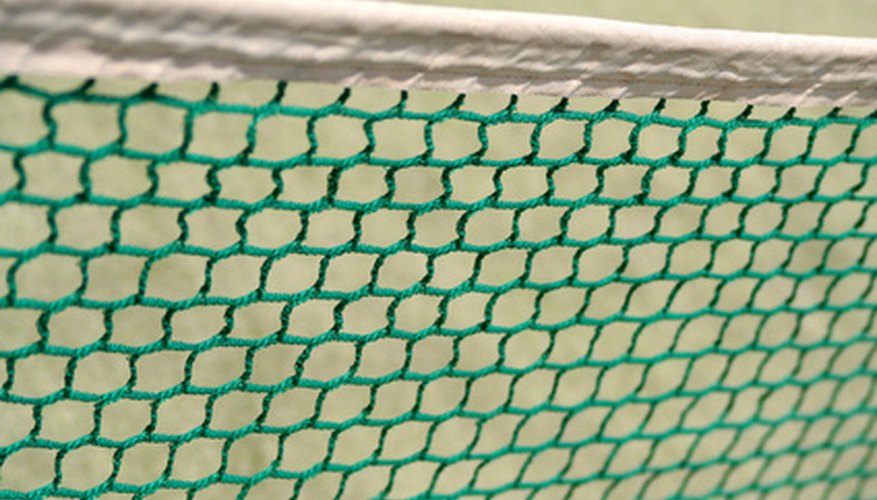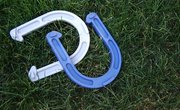
Pickleball can be played as singles or doubles and is a combination of tennis, table tennis and badminton. Games are played on a court the size of a badminton court (20 feet by 44 feet). Players use wooden paddles that are about twice the size of table tennis paddles and a plastic ball similar to a Wiffle ball. A net is set to tennis height (34 inches at the center). Players serve underhand from the base line diagonally to the opposite side of the court.
Serve
With practice, players should be able to vary the speed of their underhand serves and alternate between opponents’ forehand and backhand sides. Players should try to make their serves land deep in the opposite court. A slice serve will call for extra concentration by the returnee.
Return of Serve
The player’s goal is to keep the ball in play and then to advance to the net area. The best returns are either high and slow or hard and low.
Ground Stroke
Players should be able to sustain long rallies and to place the ball deep and in the corners of the court. Cross-court shots and shots down the line are valuable weapons.
Dink
The most effective short shots, or dinks, are those that bounce in front of the no-volley line (the area 7 feet out from the net where volleying is not allowed). Dinks should be short and low. Players should practice their dink shots from mid-court, three-quarters from the net, and from the base line. A popular skill-builder is the all-dink practice game.
Drop Shot
Similar to the dink, the drop shot from the base line or mid-court goes far enough to clear the net, but not far enough to give the opponent the chance for a return volley.
Volley
A volley is the return of a ball before it strikes the ground. A good way to develop volleying skills is for two players to stand across the net from each other, at the no-volley line, and hit the ball back and forth without bouncing it.
Lob
The lob can be highly effective, especially against players with weak overhead skills. The successful lob is usually hit fairly high, over the opponent’s head. The defensive lob allows a player time to return to his optimum position on the court. If the opponent is close to the net, a player can score by hitting an offensive lob that goes over the opponent’s head and lands inside the base line.
Overhead
After a player learns to lob, she's ready to learn hitting overhead shots (returning lobs) down the middle and to both corners. The overhead stroke is nearly identical to the tennis serve (i.e., a throwing motion, with the arm fully extended above).
References
Writer Bio
Charles Crawford, a former commercial banker, has been a business writer in New York since 1990. He has produced marketing materials for an executive outplacement firm, written the quarterly newsletter of a medical nonprofit organization and created financing proposals/business plans. Crawford holds a Bachelor of Arts in English and a Master of Science in international affairs from Florida State University.



